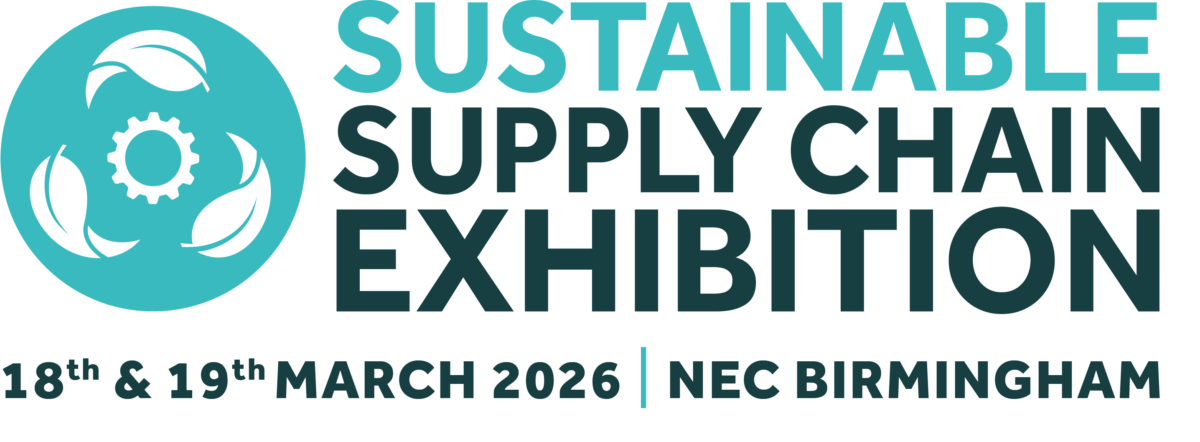An executive order issued by US president Donald Trump on 16 June 2025 set out plans for implementing the UK-US ‘Economic Prosperity Deal’ announced in May, including changes to tariffs impacting the UK aerospace and automotive sectors.
Trump, in this executive order, announced the creation of an annual quota of 100,000 vehicles for UK automotive imports at a 10% tariff rate. Imports of automobiles within the tariff-rate quota that would otherwise be subject to a 25% tariff will instead be subject to this reduced rate.
The 10% rate, as outlined by Trump in his order, comprises “a 7.5% tariff, in addition to the most-favoured-nation rate for automobiles of 2.5%, for a combined tariff of 10%”.
In terms of aerospace-related tariffs, this agreement sees the removal of three presidential actions that implemented tariffs on imports from the UK. This removal of tariffs has been described by the Department for Business and Trade as “a huge win for the UK’s world-class aerospace sector currently facing additional 10% tariffs”.

This announcement came as Trump met with UK prime minister Sir Keir Starmer at the 2025 G7 Summit in Kananaskis, Canada.
Starmer joined Trump standing in front of the press, presenting the papers to the public. Trump said: “We just signed a document […] and it’s done, so we have our trade agreement with [the UK] and it’s a fair deal for both.”
He added: “It’s going to produce a lot of jobs and a lot of income, and we have many other ones coming.”
Starmer thanked the US president and commented: “This now implements on car tariffs and aerospace our really important agreement, and so this is a very good day for both of our countries – a real sign of strength.”
Another sector that has been in the spotlight during recent trade negotiations between the two nations has been the steel industry. The UK was amongst the rest of the world in being subject to 25% tariffs on the export of steel and aluminium to the US when this change was announced in February this year.
However, when the US doubled this rate to 50% earlier this month, the UK was the only country granted an exemption to the increase.
Starmer faced criticism during a recent Prime Minister’s Questions from leader of the Liberal Democrats Ed Davey about this tariff not being reduced to zero, to which the prime minister responded: “We have a deal and we’re implementing it, and within a very short time I’m very confident we will get those tariffs down in accordance with the deal.”
FREE: Subscribe to Logistics Manager’s weekly news round-up and bi-weekly USA newsletter!
Despite tariff reductions being implemented in other sectors following the two nations’ leaders at the G7 Summit, no concrete announcements have come surrounding steel and aluminium tariffs.
What has been said, however, in Trump’s executive order, is that a tariff-rate quota will be created on the import of both steel and aluminium, respectively. Imports within these quotas will be subject to a reduced tariff (although it is not yet clear what this tariff rate might be), and any imports surpassing these quotas will be subject to the 25% rate currently applicable to all UK imports.
This tariff-rate quota is set to be established “at a future time that the [US secretary of commerce], in consultation with the US Trade Representative, deems appropriate”.
The specifics of this date and the tariff rate itself will be dependant, Trump says, on actions taken by the UK to implement the Economic Prosperity Deal, the need to deal with the “national emergency” declared by Trump, and the need to reduce or eliminate threats to national security.
And as it stands, there is to be no immediate change to pharmaceutical tariffs, but the UK Department for Business and Trade says that ‘both countries remain focused on securing significantly preferential outcomes for the UK pharmaceutical sector’.
UK business and trade secretary Jonathan Reynolds said on the announcement: “We agreed this deal with the US to ensure jobs and livelihoods in some of our most vital sectors were protected, and since then we have been focused on delivering those benefits to businesses.
“Bringing trade deals into force can take several months, yet we are delivering on the first set of agreements in a matter of weeks. And we won’t stop there. As part of our Plan for Change, this government is doing all it can to reduce the pressures on businesses by lowering costs, speeding up delivery times and helping them to navigate in a time of global uncertainty.”







